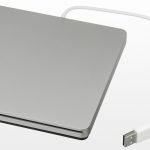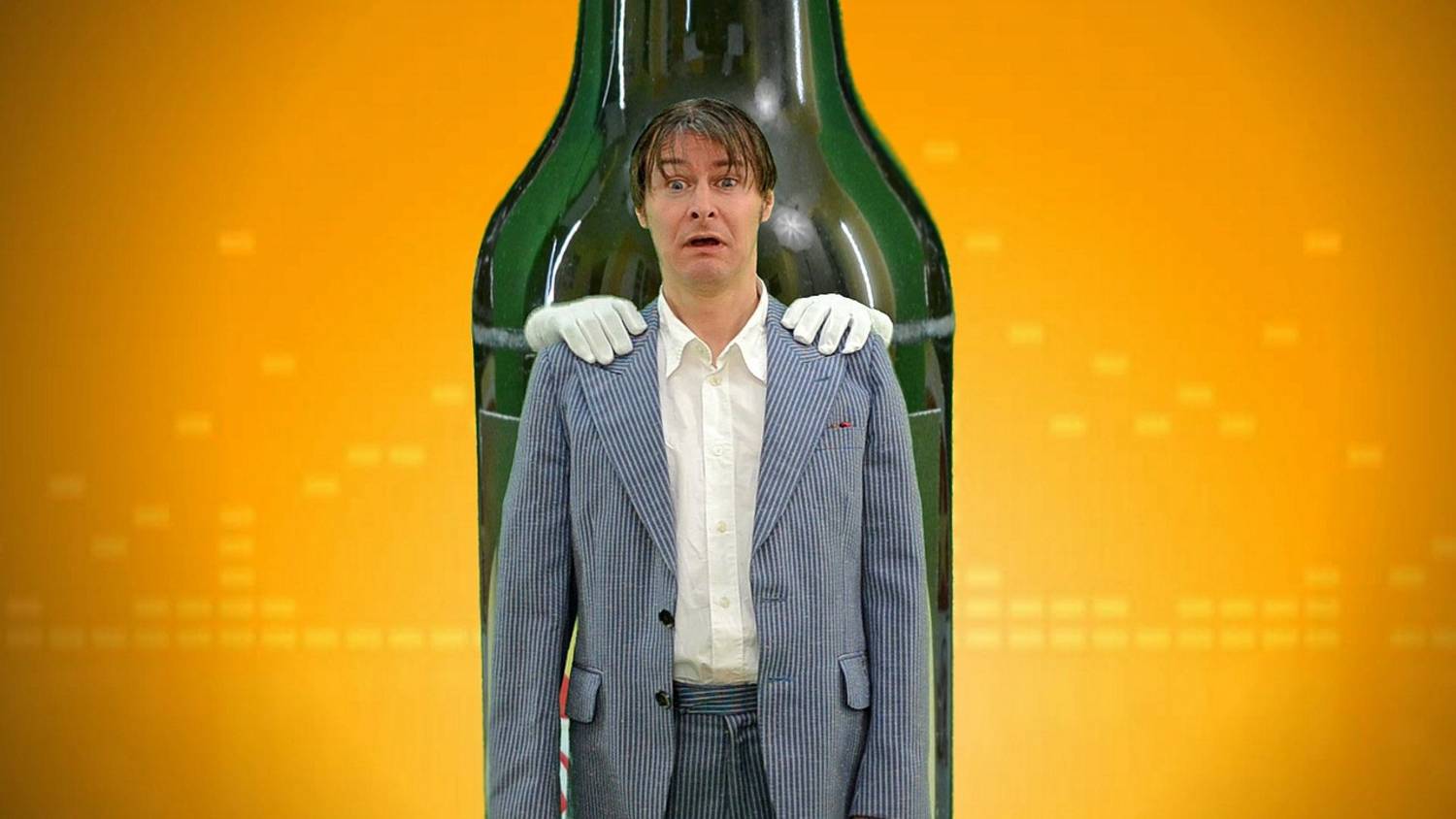Why is it worth investing in an SSD? How is it different from HDD? HDDs have been the basic data carriers mounted in desktop computers and laptops for decades. The first model of the so-called The hard drive was invented in 1956 and boasted a capacity of only 5 megabytes. Since then, technology has taken a huge leap forward, with 10 or 20 terabytes available for sale, as well as alternatives in the form of SSDs. It is on them that we will now focus.
What are SSDs?
It has been assumed that when improving a computer, we replace components such as a processor or a graphics card. In the context of storage, we mainly think of storage capacity. Meanwhile, SSDs are provoking a change of approach. But let’s start from the beginning. The abbreviation is developed as Solid State Drive and it is the so-called non-volatile memory. To greatly simplify the subject, we can simply call them fast hard drives.
The differences between HDD and SSD can already be seen in the construction of both systems. Older types have many mechanical elements, including, above all, the so-called plates. When set in motion, they allow you to write and read data, and at the same time they are usually to blame for the noise coming from the computer. They are also susceptible to wear and damage.
SSDs, on the other hand, are devoid of typical mechanical parts, their operation is based entirely on electronic components. Thanks to this, this carrier is characterized by very quiet operation. This type of construction also provides increased durability. The lack of moving parts limits (but does not completely exclude) the possibility of failure in SSDs. They can survive fall from a height and high (up to + 80°C) and low temperatures (-40°C).
Manufacturers trust their devices a lot, which is why they usually have long warranty periods. They are usually 2-3 years old, but some models are even 10 years old. What’s more, these media also extend the life of laptops. Because they don’t need much energy, they put less strain on the battery.
- https://www.dla-mnie.pl/gdzie-sie-stosuje-bariery-mikrofalowe/
- https://www.katalus.pl/jak-sie-pozbyc-cellulitu/
- http://talgos.pl/systemy-fotowoltaiczne/
How it works and how to use it
While it’s hard to pass by the durability of SSDs, their most important feature is performance. They significantly accelerate the operation of all programs and games installed on them, as well as file transfer. A standard HDD offers a data readout of approximately 20 milliseconds. Not much right? And yet in the case of SSDs, this value can drop to 0.1-0.2 ms. The jump is huge.
If you plan to use two drives, it is best to buy one SSD and the other HDD. On the first one, the operating system and the most frequently used programs should be installed. In this way, the most important element that sets everything virtual in motion will run at maximum speed. Thanks to this, we will improve the boot speed up to ten times. In addition, we guarantee instant access to key applications, and therefore greater comfort in their use.
In this configuration, the HDD will be used as storage. We will store all other files (music, movies, photos) and programs where increased performance is not a priority. This group includes games that can often take up over 100 GB. It’s a shame to waste SSD space on them, besides, in their case, the increase in speed would not be so noticeable.
Value for money
We can praise SSDs to the skies, but they have two quite significant disadvantages. The first is capacity. In most cases, we encounter carriers that can fit from 128 to 256 GB of data, and their price will still be PLN 150 – 300. This brings us to the second disadvantage, which is cost.
For comfortable use of storage, it should have at least 500 GB, and preferably 1 TB. However, in this case, the expense increases to about PLN 1,000. For comparison, we will buy an HDD with the same capacity for PLN 150-200. The price, therefore, also prompts us to buy two carriers. The smaller one in this case will of course be the SSD.
Conclusions
It’s time to summarize everything that emerges from the article. We can safely say that SSDs are the future of all computers. These are not cheap devices, but their advantages definitely compensate for the expenses. In addition, the cost can be called an investment, because in return we get almost failure-free memory with fast operation. However, there is no denying that it works best in tandem with a classic HDD, which will be used to store large files and less important applications.
Cost-effectiveness largely depends on how you use your computer. If the use of equipment is a regular part of our day (e.g. we use it at work), it is not worth saving. In the long run, the components will pay for themselves, if only in the form of time saved. The situation is different in the case of more occasional switching on of the computer. Then it’s better to just get tired and wait a minute or two for the start-up.
In the text, we focused primarily on internally mounted media, but SSDs are also used externally. In this case, it is best to use them with eSATA and USB 3.0 ports. Only they will guarantee the highest transfer.












